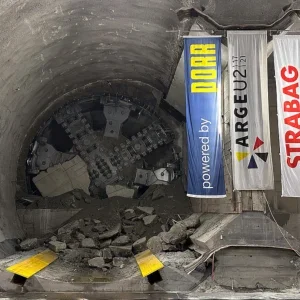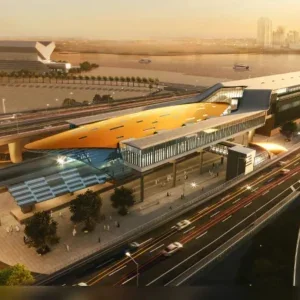The Italian Transport Agency (ATAC) should announce the tender process next month for the construction work on two major extensions to the Rome metro, involving a brand new line and over 43km of tunnels.
The project involves the concurrent construction of Line B1 and Line C. B1 is a 3.8km extension to the existing Line B in the north-east of the city from Piazza Bologna to Piazza Conca d’Ora, while Line C will stretch 39.3km underground from Pantano in the south-east to Tor di Quinto in the north-west.
The actual tender process for line B1 will start in the next six months, with Line C’s kicking off by the end of 2003.
The likely method of boring will be with EPBMs, erecting a pre-cast concrete lining, although the successful contractor will have the final say on the design.
The US$3.84bn Line C is split into seven sections and includes 42 stations. The majority of the line will be 5.8m diameter twin-bore tunnels, apart from the 10.3km long T1 section, which will be 9.8m diameter single bore, and twin track.
Initially construction will begin on sections T4 and T5 in the centre of the city, stretching from San Giovanni in the west to Alessandrino in the east. Totalling US$639.38M, T4 and T5 amount to 7.24km of twin-bore tunnels, and nine stations. Sixty-six months have been scheduled for the final design and construction of these two sections, which are seen as priority works of national interest.
The contract for the US$393.9M Line B1 involves the final design of the route, the civil works and equipment installation. Completion is expected in 2008.
Although 200 tests have already been carried out along the alignment of B1, checking the geology and stability of buildings, progress is expected to be slow. According to ATAC’s chief financial officer, Carlo Scoppola: “Every time we go 5m… we find some Roman ruins and works have to be stopped to allow investigations.” The 14.5km Line A, almost all of which is underground, took ten years to complete.
At 20m deep, Line C lies beneath the estimated archeological layer, although works are expected to be disrupted by the discovery of artifacts of historical importance.
The Italian government is financing 60% of the project, with the municipality of Rome funding the remaining 40%.







